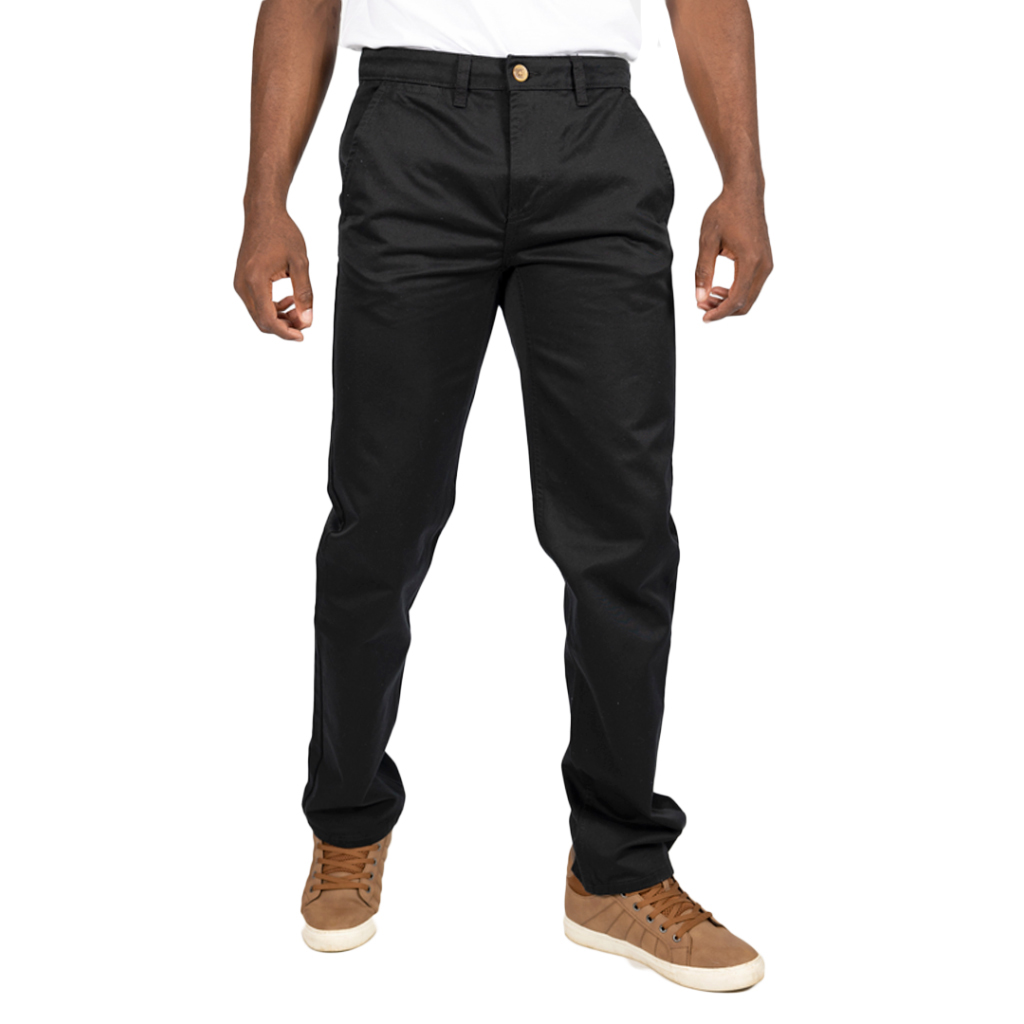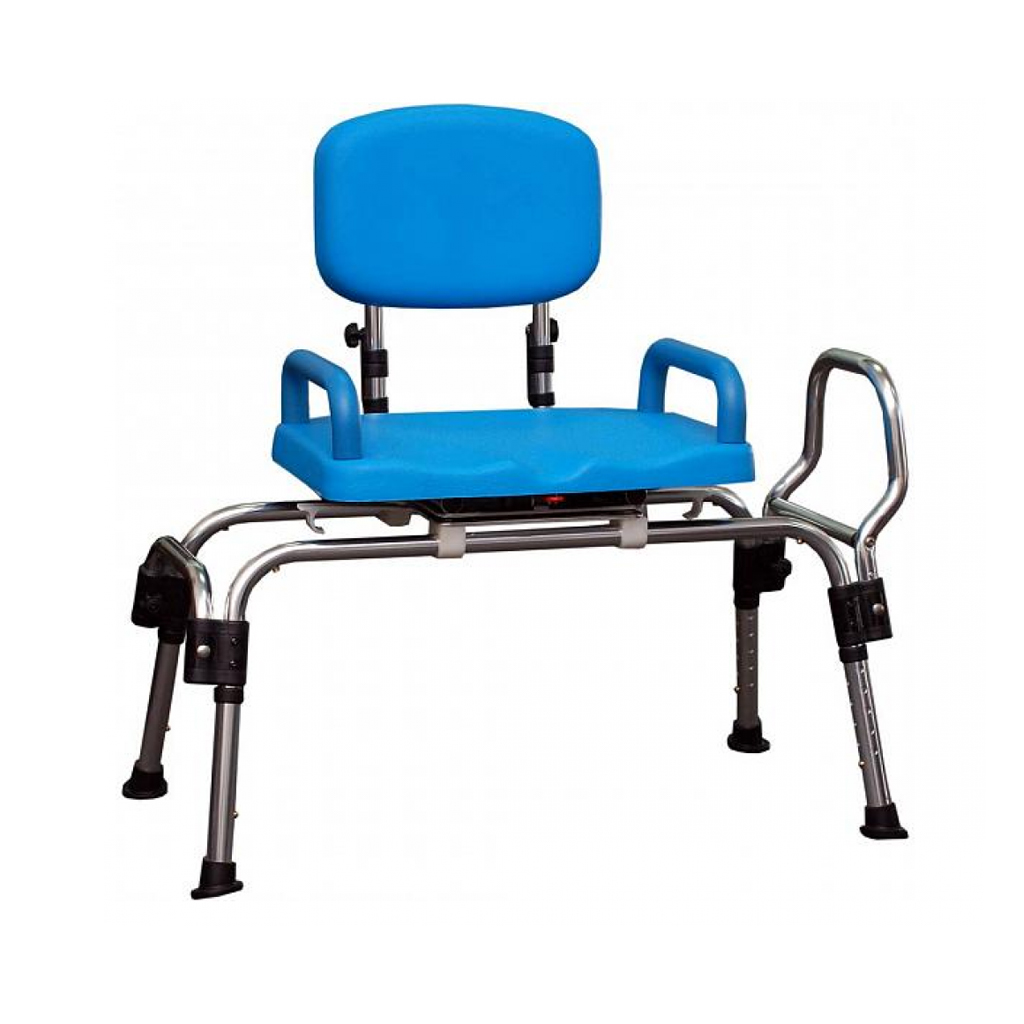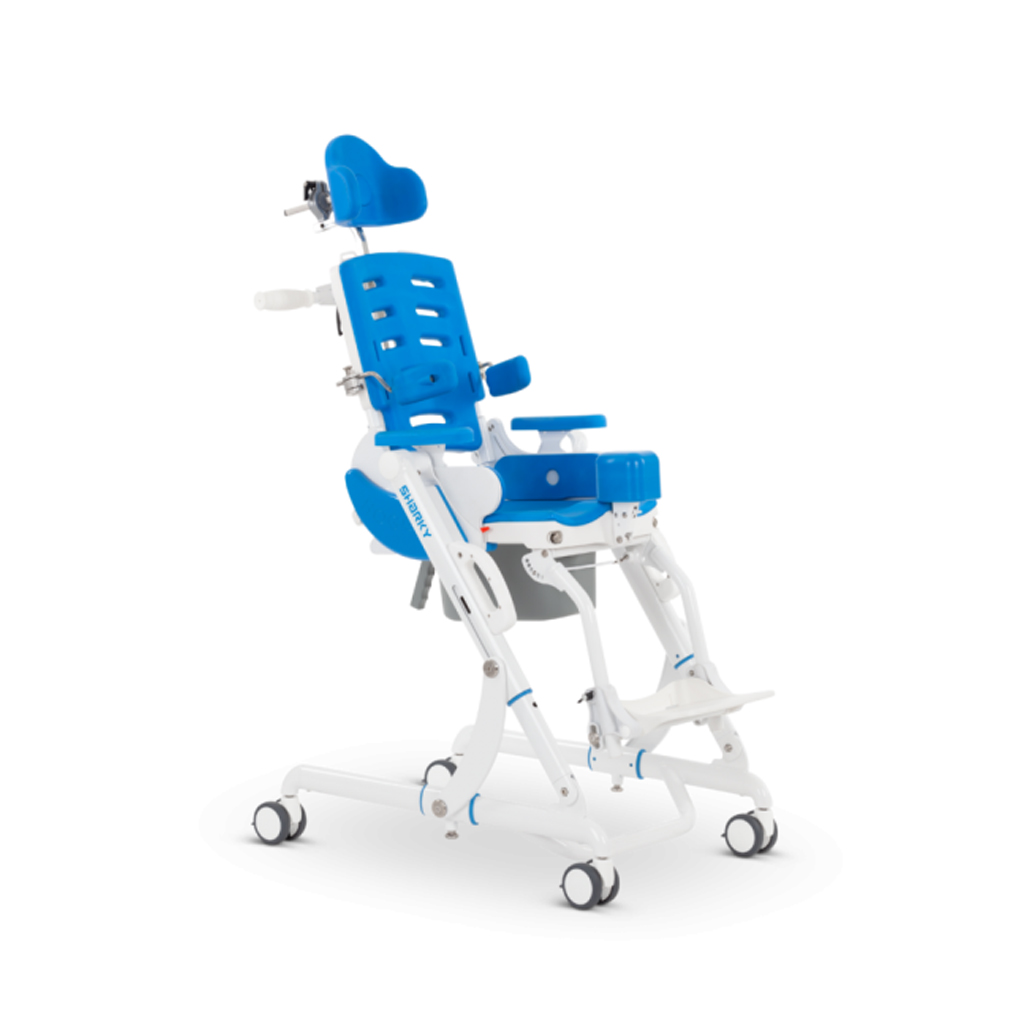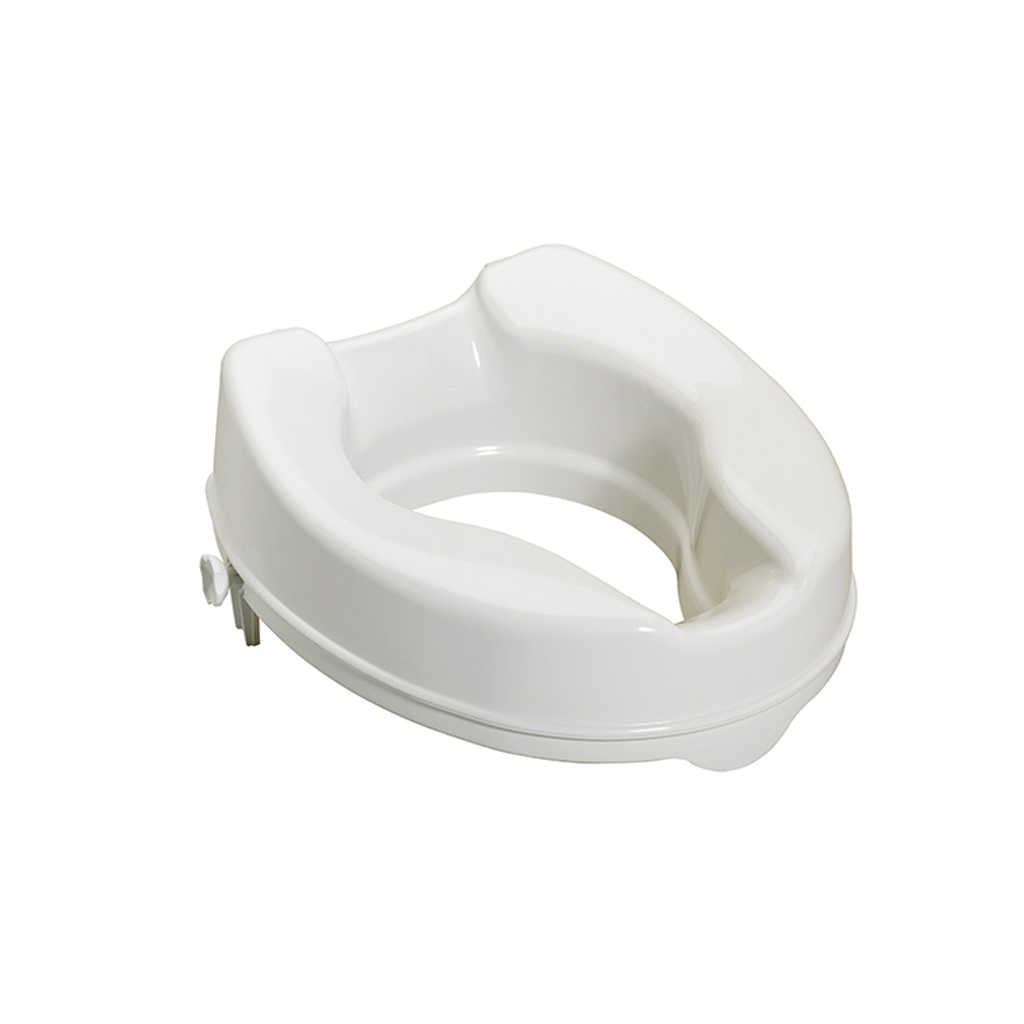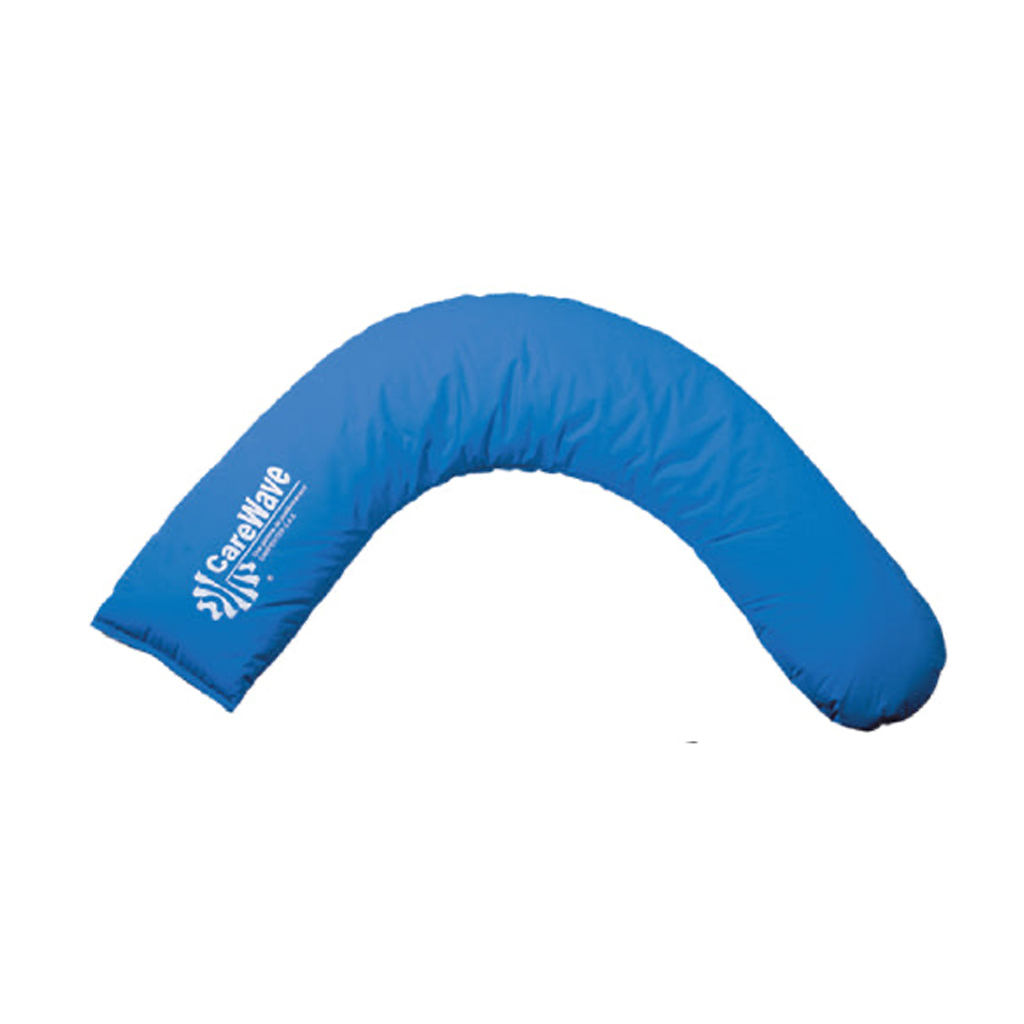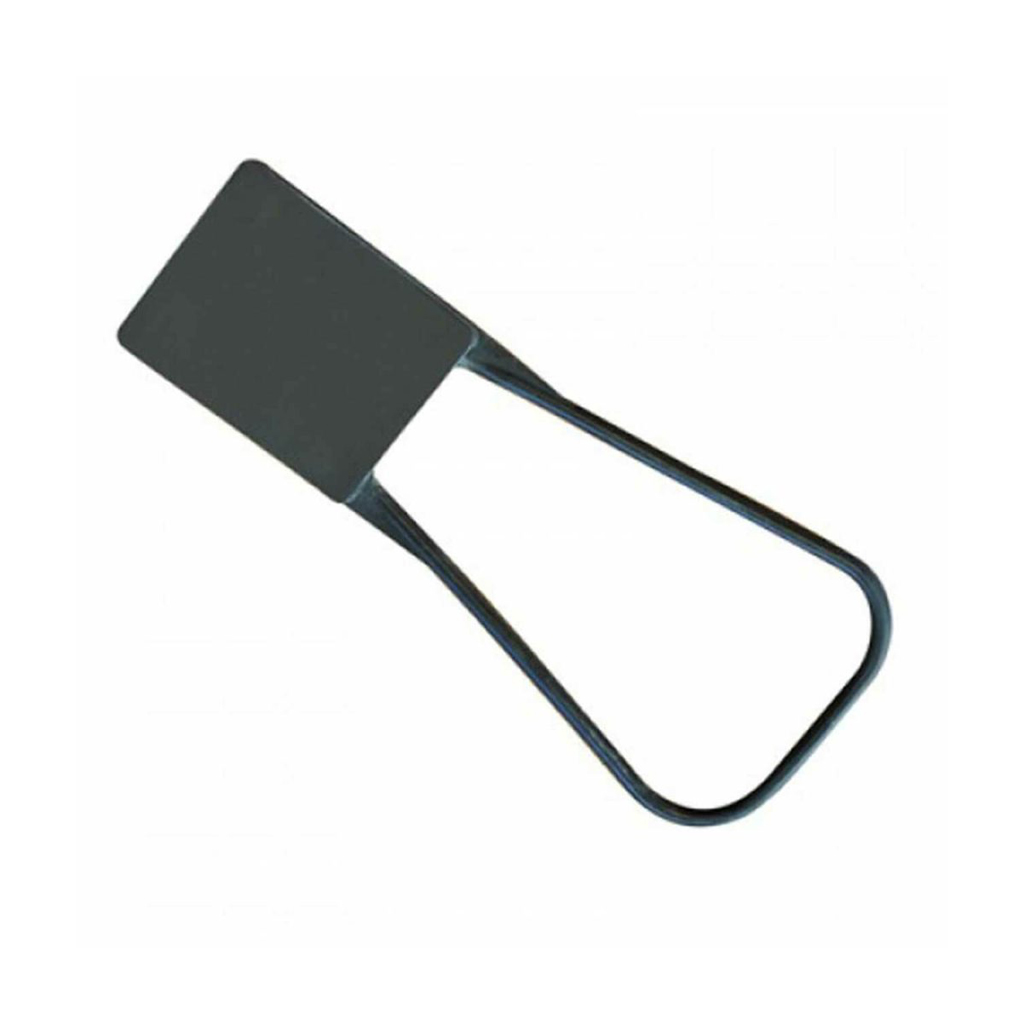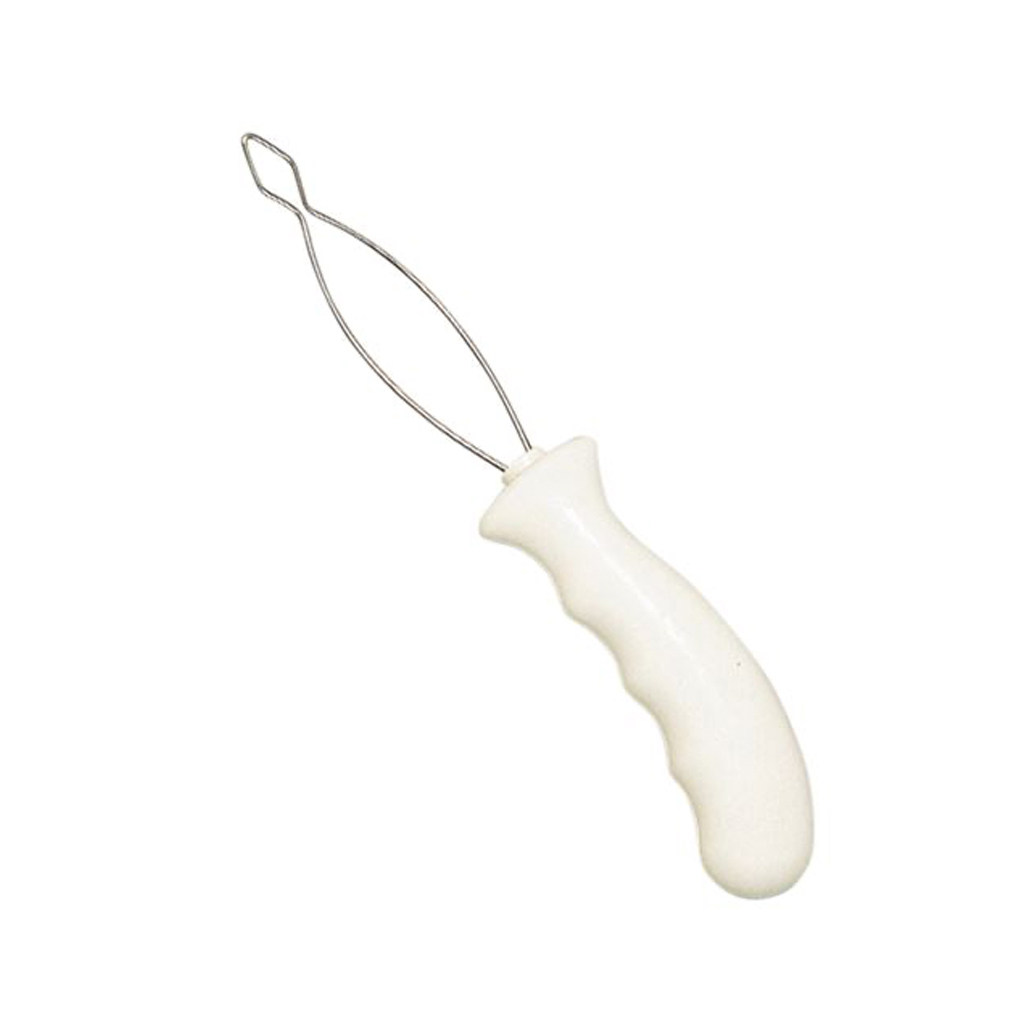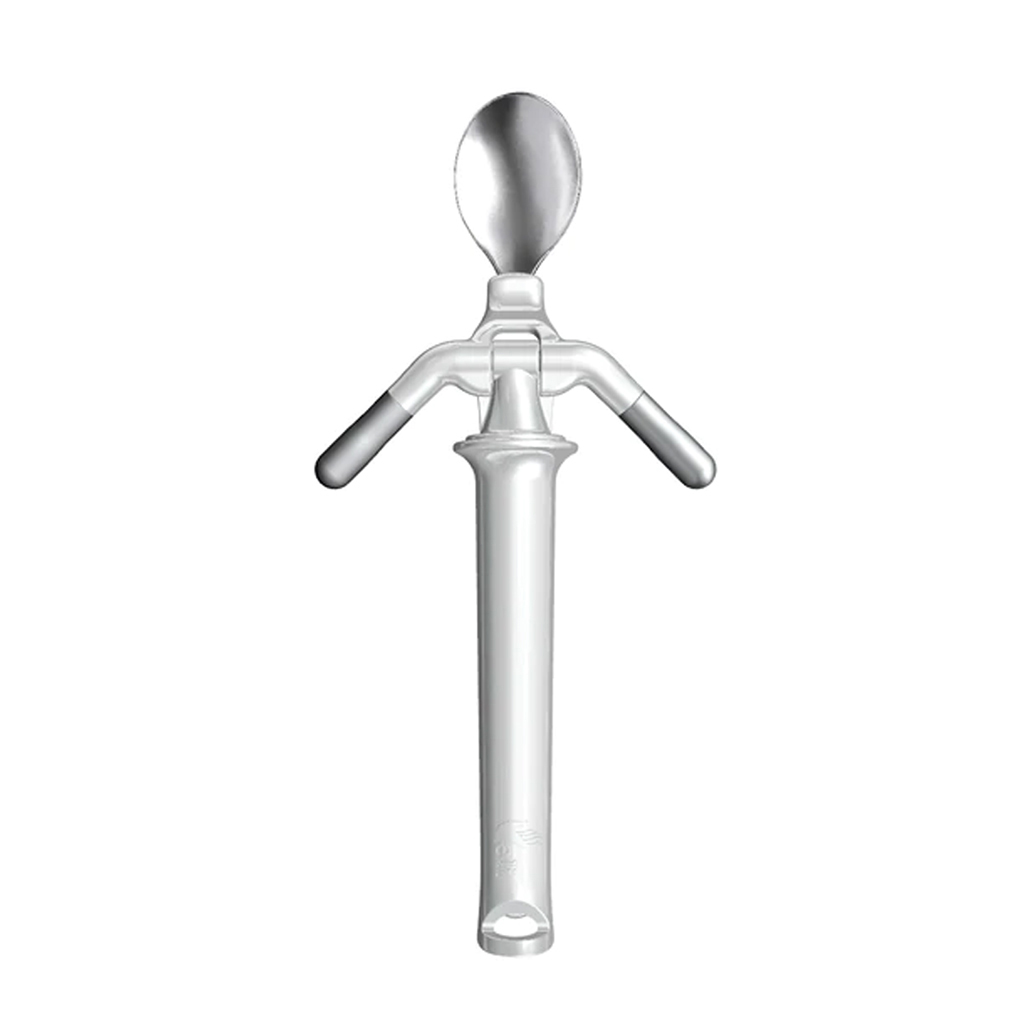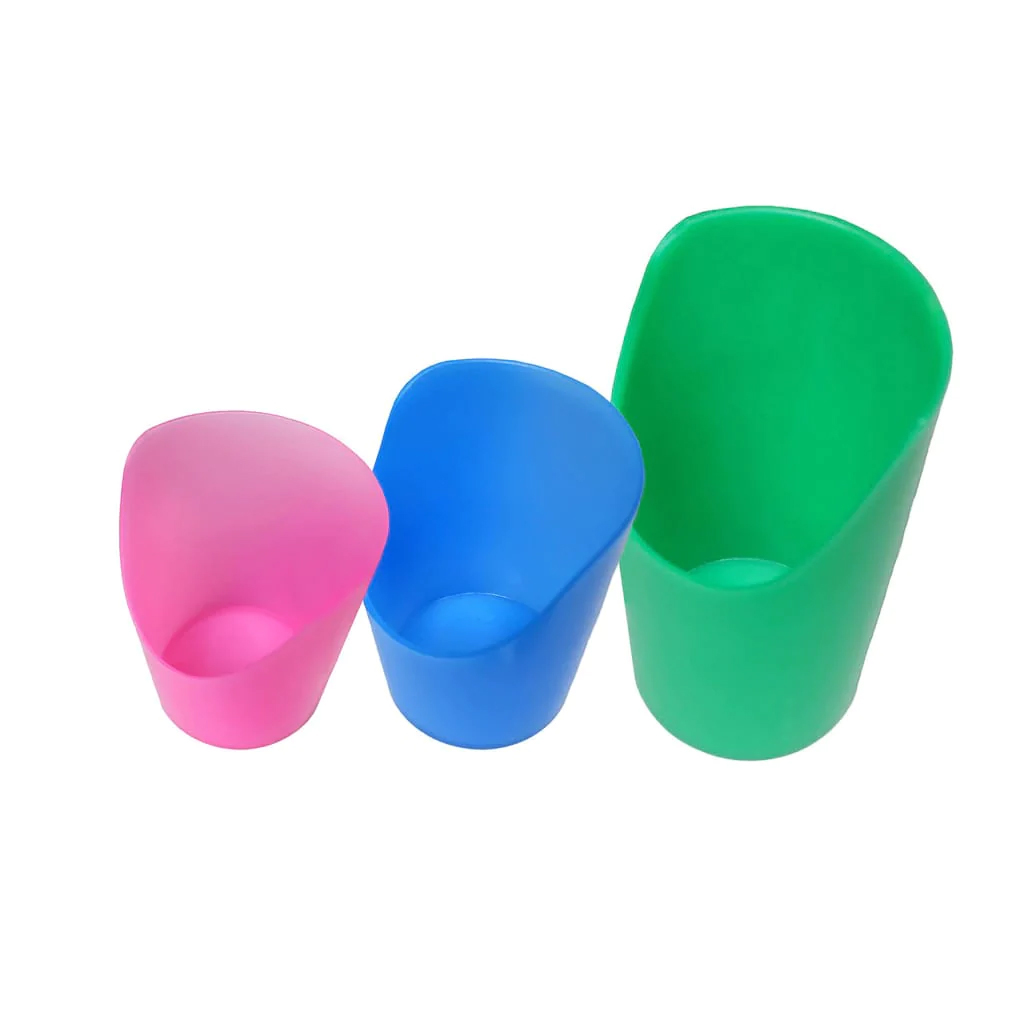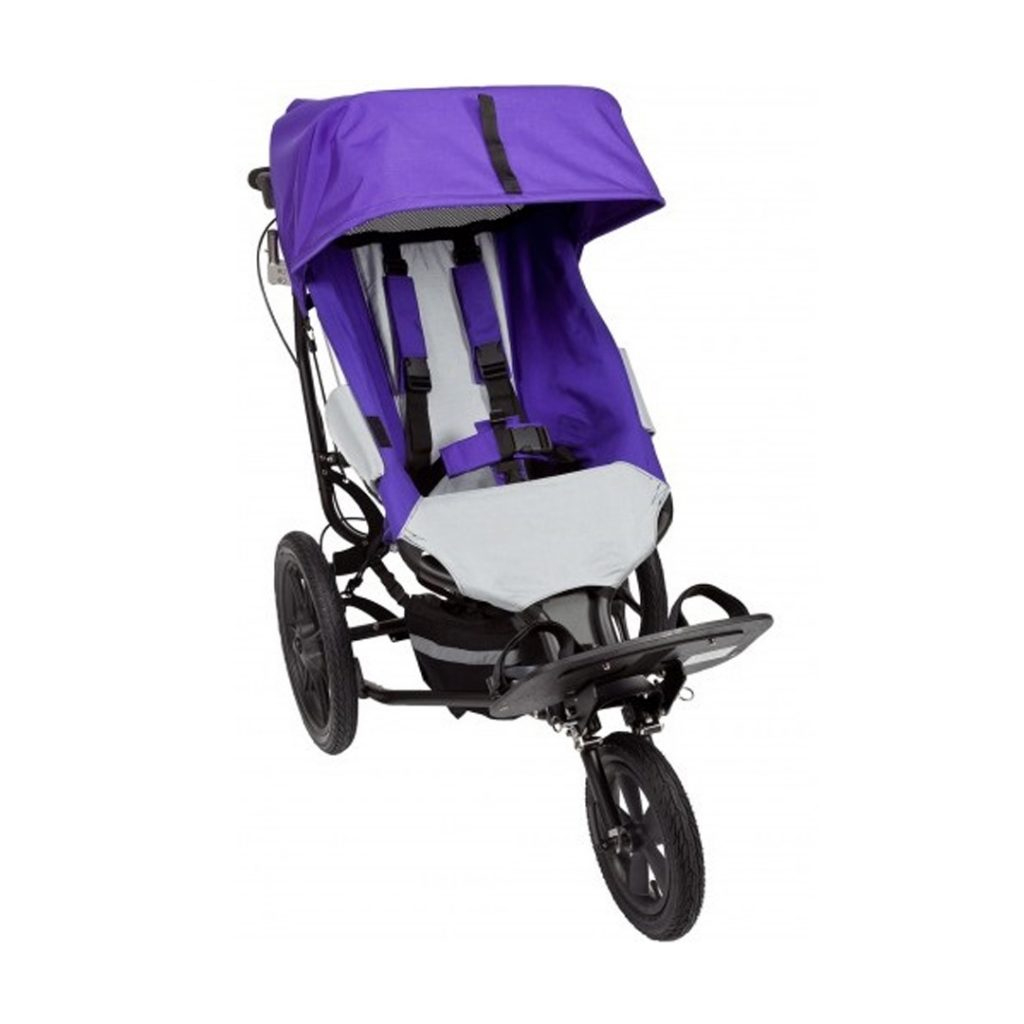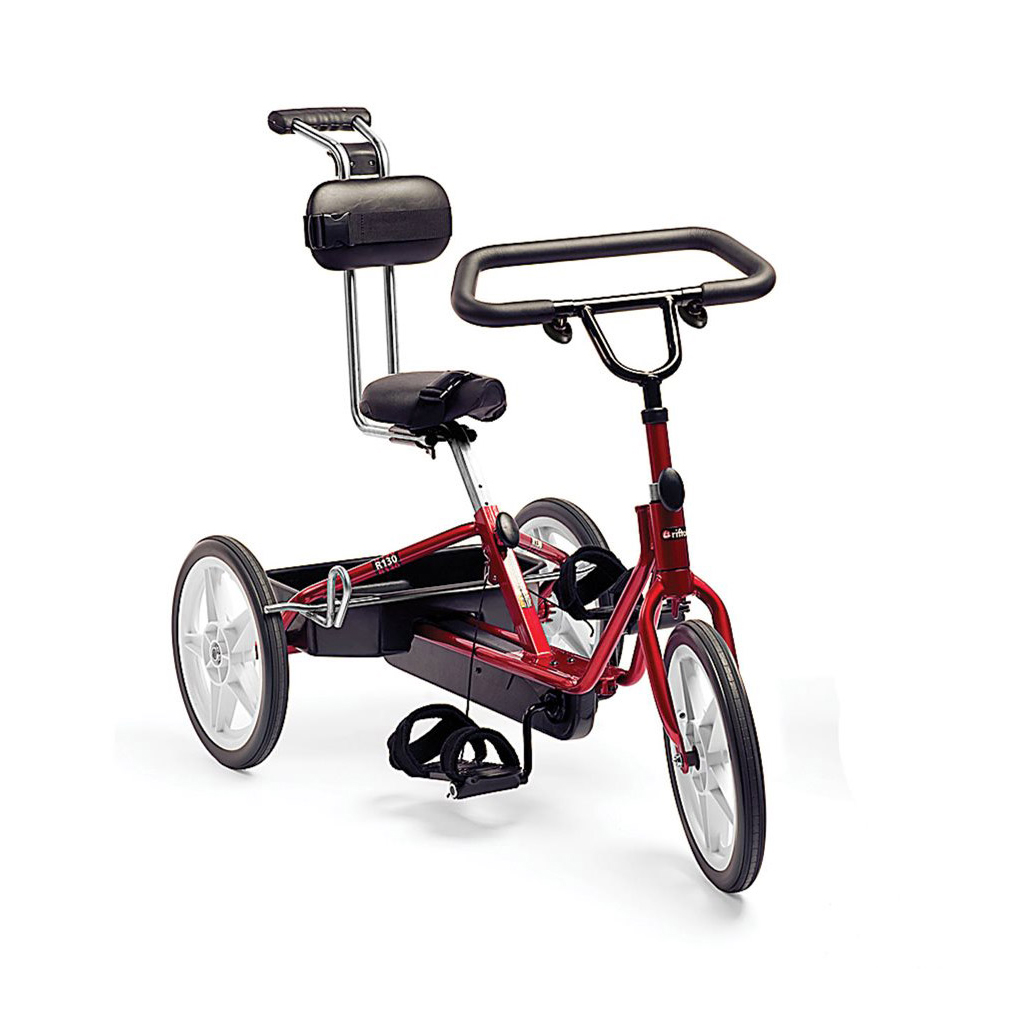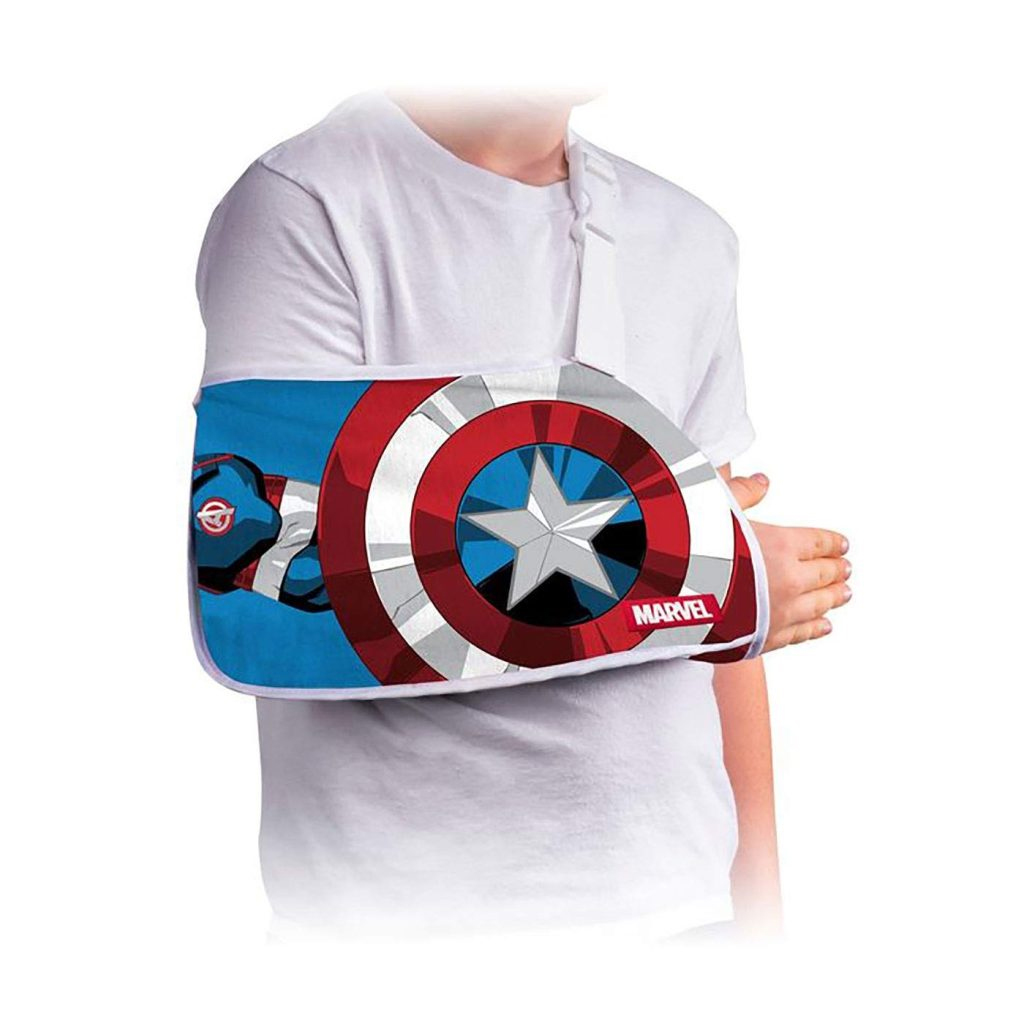Sensory Aids
Everyone experiences the world around them through their senses – sight, sound, touch, smell, taste, body awareness, and movement. How we translate sensory information into action is called ‘sensory processing’.
Kids living with autism and other diagnoses including developmental delay, attention and learning problems often experience sensory issues. They may be over-responsive or under-responsive to sensory stimulation. This can impact on their ability to participate in daily life activities such as social interactions, play and learning, and successfully complete tasks.
Over-responsive kids might notice every small sound (such as the clicking of a light switch) or smell, leaving them feeling overwhelmed. Others may find some sounds hurt their ears and they’ll try to avoid such sounds or make their own sounds (such as humming) to block out the noise. This is often described as ‘sensory overload’
Under-responsive kids may not notice when their name is being called and may look for sound by making a lot of noise themselves and therefore disrupt others. They may also be under-responsive to body signals that affect their balance and may even have a low sensitivity to pain.
Kids who have sensory processing difficulties may dislike or become agitated by:
- getting messy
- the feel of certain clothing fabrics, labels, tags, etc
- touch
- routine activities such as brushing/washing hair, cleaning teeth
- the volume or frequency of sounds
- bright lights
This might lead to:
- high activity levels, or as very quiet/withdrawn
- an unusually high or low pain threshold
- difficulty with fine motor skills such as threading, drawing, using scissors, writing
- difficulty with gross motor skills such as climbing, running, catching a ball
- high or low muscle tone
- strong food preferences (e.g., only eats crunchy food) or picky eating
- poor attention and focus
- difficulty coping in groups settings, including getting over-stimulated.
Many kids and adults living with disability learn to manage their sensory processing difficulties, especially with the assistance of therapists and sensor aids. With this support, people living with sensory processing difficulties can participate in whatever it is they want to do a school, at work, at home, and in the community.
Therapists can support people with sensory difficulties by:
- identifying the sensory processing difficulties and what impact they are having on everyday life
- identifying what would make life easier
- developing and implementing strategies to minimise and manage the impact of sensory difficulties.
Sensory aids can support people living with sensory processing difficulties to learn more about their senses, minimise and manage the impacts of their sensory processing issues, and participate in everyday activities.
Sensory toys are becoming more common, and are designed to stimulate kids’ sight, sound, touch, smell and taste, and might have elements including bright and contrasting colours and different sounds and textures. While sensory toys are not a replacement for therapy, they can support kids to relax and focus and develop their senses through natural play in a safe environment.
Examples of sensory aids and toys include:
Sensory mats
Small mats of different textures – kids can use their hands and feet to play with the mats and feel the different textures - they can close their eyes and play with the mats while you ask them to describe what they can feel.
Chew toys
Ideal for teething infants, but also for kids living with sensory processing difficulties – made of non-toxic materials and often hand-held items of can be jewellery-like items worn around the neck of wrist – feature a variety of textures such as ridges, dots and patterns, and they can also be smooth – designed to develop biting and chewing skills as well as providing sensory stimulation.
Sand/Slime/Putty
Often brightly coloured – supports kids to develop their fine motor skills while playing with the substances and textures.
Rainmaker toys
Designed to appeal to a kid’s sense of hearing – can help kids to relax when playing with these toys and listening to the often soothing sounds of rain – often made of bright colours and include items such as beads so kids can engage multiple senses.
Fidget spinners
These items became a ‘craze’ a few years ago – they can help kids (including those that live with attention deficit disorder and attention deficit hyperactive disorder) to focus by keeping their hands occupied – the smooth and fast rotation of the fidget spinners can be enjoyable for many kids.
Electric dogs/puppies
Allows kids to interact with objects and listen to different sounds – the electric dogs respond to touch and present different cues – may support the auditory process and help kids to develop their social interaction skills.
Vibrating cushions
These items provide a smooth and soothing motion and calm sounds – can help to calm kids.
Body socks
This is an interactive item that allows kids to put themselves into a colourful, breathable and see-through lycra sock – can help to relieve anxiety and enable kids to relax.
More information about sensory processing and sensory difficulties experienced by kids, young people and adults living with Autism Spectrum Disorder (ASD) and other diagnoses can be found here.
Novita offers a range of services to support people living with autism.
Showing 1–30 of 116 resultsSorted by popularity
-
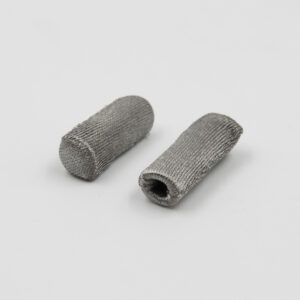
Stylus Conductive Tips
STYLUS-0021-H$32.00 View ProductSelect options This product has multiple variants. The options may be chosen on the product page -
 ARK
ARKBrick Stick Chew Necklace
CHEWY-0023-H $40.00 View ProductSelect options This product has multiple variants. The options may be chosen on the product page -
 ARK
ARKDino Bite Chew Necklace
CHEWY-0026-H $40.00 View ProductSelect options This product has multiple variants. The options may be chosen on the product page -
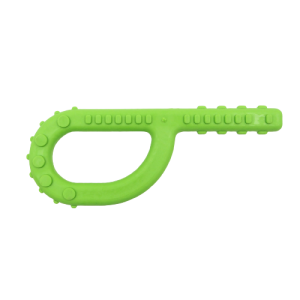 Ark
ArkTextured Sensory Chew
CHEWY-0004-H $25.00 View ProductSelect options This product has multiple variants. The options may be chosen on the product page -
 ARK
ARKZ-Grabber (Tips Not Included)
CHEWY-0011 $96.00 View ProductAdd to cart -
 ARK
ARKKrypto-Bite Chewable Gem Necklace
CHEWY-0020-H $35.00 View ProductSelect options This product has multiple variants. The options may be chosen on the product page -
 Z-Vibe
Z-VibeChewy Tubes
CHEWY-0016-0018 $85.00 View ProductSelect options This product has multiple variants. The options may be chosen on the product page -
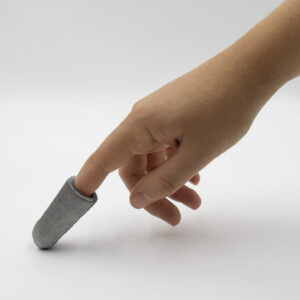
Finger Stylus
STYLUS-0026-H $40.00 View ProductSelect options This product has multiple variants. The options may be chosen on the product page -

Pencil Grips Cross Over
PENCILGRIP-0004 $26.00 View ProductAdd to cart -

Spoon Tip to fit Z Vibe Grabber
CUTLERY-0009-H $9.00 View ProductSelect options This product has multiple variants. The options may be chosen on the product page -
 ARK
ARKTran-Quill Vibrating Pencil
PENCILGRIP-0006 $63.00 View ProductAdd to cart -
 Z-Vibe
Z-VibeTextured Tip To Fit Grabber Chewy Tube
CHEWY-0012 $14.00 View ProductAdd to cart -
 Keycraft
KeycraftStretchy Beanie Great White Shark
TOYS-0038 $4.00 View ProductAdd to cart -
 Keycraft
KeycraftGlitter Bracelets
TOYS-0012$2.00 View ProductAdd to cart -
 Sensory Matters
Sensory MattersWeighted Shoulder Wrap
WEIGHTED-0013-H $90.00 – $99.00 View ProductSelect options This product has multiple variants. The options may be chosen on the product page -
 ARK
ARKSmiley Face Chewy Necklace
NECKLACE-0001-H $30.00 View ProductSelect options This product has multiple variants. The options may be chosen on the product page -
 ARK
ARKZ-Vibe Y Tip Bite Blocks
CHEWY-0036-H $17.00 View ProductSelect options This product has multiple variants. The options may be chosen on the product page -

Steady Stylus
STYLUS-0024-H $65.00 – $80.00 View ProductSelect options This product has multiple variants. The options may be chosen on the product page -
 ARK
ARKChewnicorn Sensory Chew Necklace
CHEWY-0046 $40.00 View ProductAdd to cart -
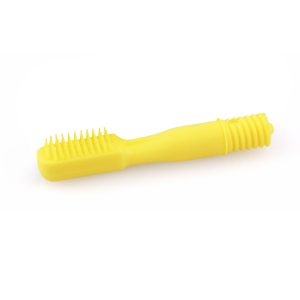 ARK
ARKZ-Vibe Brush Tip
CHEWY-0032 $19.00 View ProductAdd to cart -
 Keycraft
KeycraftSuper Bouncing Putty
TOYS-0002 $6.00 View ProductAdd to cart -
 Sensory Matters
Sensory MattersLycra Body Sock
SENSORY-0001-H $77.00 – $89.00 View ProductSelect options This product has multiple variants. The options may be chosen on the product page -
 Keycraft
KeycraftExpand A Ball
TOYS-0024 $10.00 View ProductAdd to cart -

Pencil Grips Writing Claw
PENCILGRIP-0002-H $31.00 – $34.00 View ProductSelect options This product has multiple variants. The options may be chosen on the product page -

Pencil Grips Standard
PENCILGRIP-0001 $26.00 View ProductAdd to cart -
 Flare Audio
Flare AudioCalmer Kids Earplugs
EARPLUG-0009-H $36.95 View ProductSelect options This product has multiple variants. The options may be chosen on the product page -
 ARK
ARKBite Hollow Tube – Green
CHEWY-0034 $25.00 View ProductAdd to cart -

Balltop Stylus
STYLUS-0001-H$65.00 – $80.00 View ProductSelect options This product has multiple variants. The options may be chosen on the product page -
 Sensory Matters
Sensory MattersMini Fidget Blankets
TOYS-0068 $22.00 View ProductAdd to cart -
 ARK
ARKPreefer Tip To Fit Grabber Chewy Tube
CHEWY-0014 $14.00 View ProductAdd to cart

